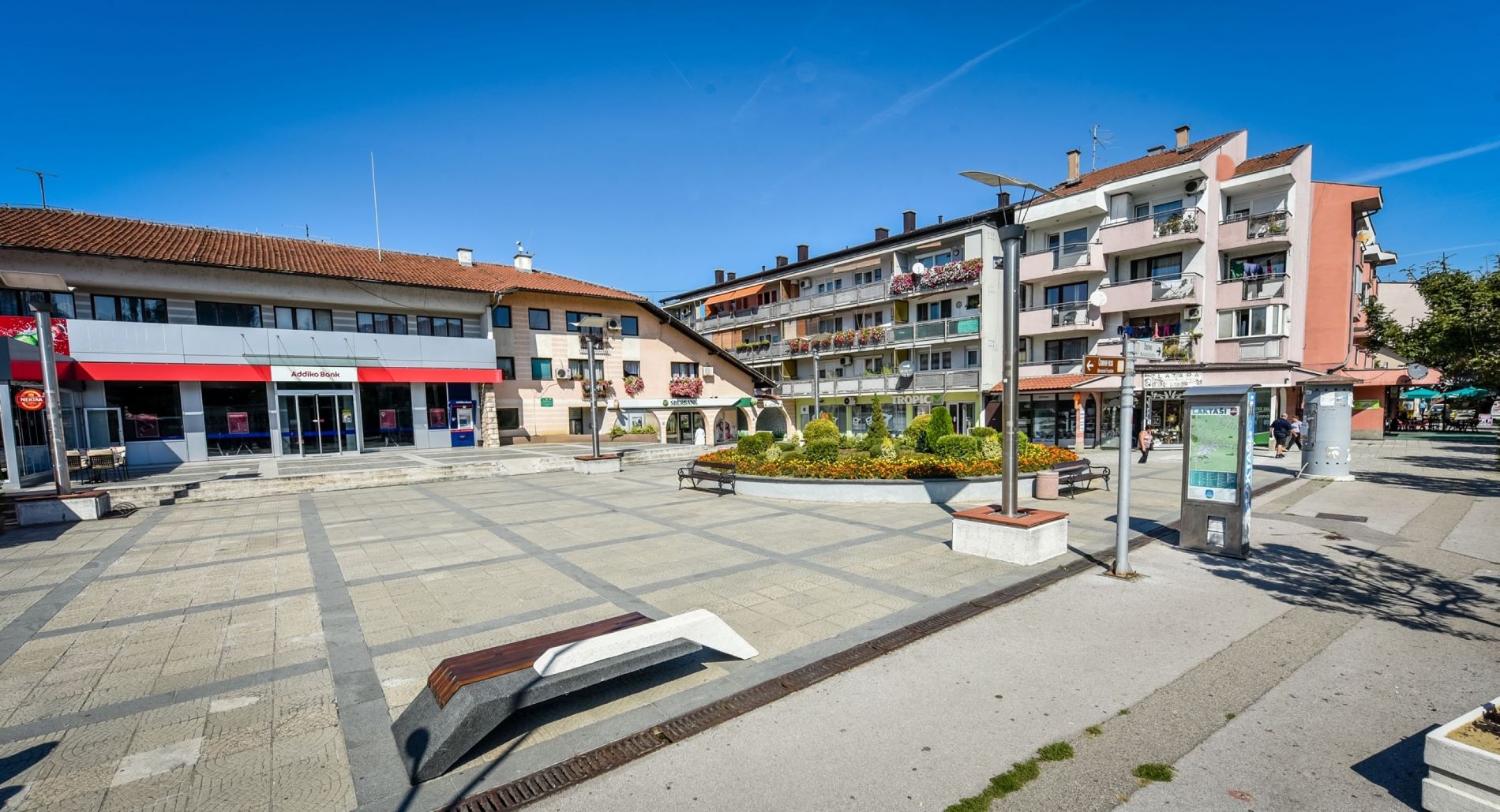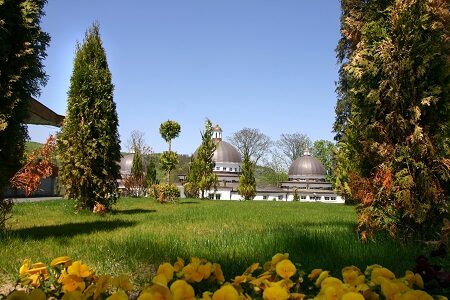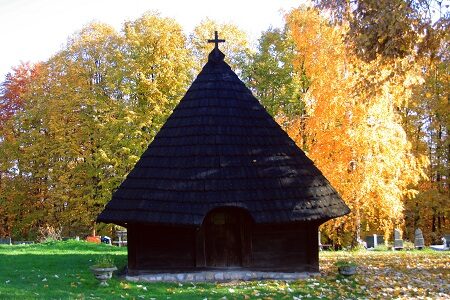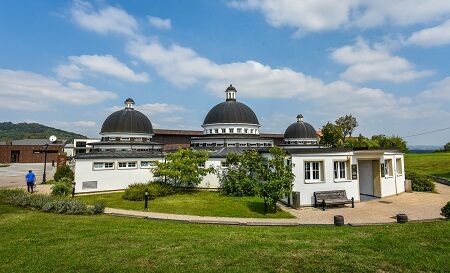Welcome to Laktasi
Known since the ancient times as a natural healing destination, Laktasi has always been a place where people come gladly and return again. If you have come to Laktasi for its famous healing spas, treatment, relaxation, recreation, or any other reason, don’t miss the chance to try, visit, or experience some of the many attractions that await you here. These experiences evoke special emotions and create unforgettable memories. Welcome to Laktasi!
Culture
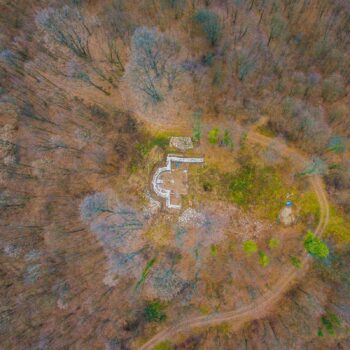
The culture and tradition of Laktasi have been preserved through archaeological localities, cultural and religious monuments, folklore, and traditional art.
In the municipality of Laktasi, it is still possible to find examples of old architectural styles that are over a hundred years old. Historic timber houses, and even some traditional log cabins, milk houses, granaries, corn cribs, and other auxiliary structures are truly valuable and rare witnesses of the local architectural heritage. In some rural households, old household items, tools, furniture, traditional clothing and other antics are carefully preserved. Some families even maintain small private museums showcasing their heritage. Along the local streams and rivers, several old water mills have been preserved. These mills are attractive not only because of their interesting architecture but also for their exceptionally relaxing surroundings. Most of these mills are still in use today.
“The Old Wooden Curch”, a wooden structure under state protection is the most significant cultural monument of this area.
Balkis, the remains of the early Byzantine city of “Balkis” from the 4th century, located in the village of Bakinci.
Roman Baths, architectural remains of a building at the archaeological locality “Zidine” specifically the foundations of a former public bath known as Balneum. These are situated in the center of Laktasi and date from the 1st to the 4th century.
Brdasce, an archaeological locality where the oldest artifacts belonging to the Upper Paleolithic period were discovered. The timeline of this period spans roughly between 60 000 and 10 000 BC. From this period, 11 flint artifacts, primarily tools and cutting equipment have been discovered.
Nature
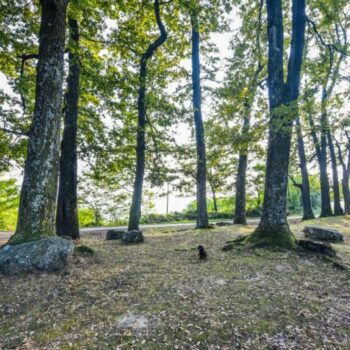
The preserved natural environment, attractive hilly areas and the plains of the Lijevce field in Laktasi, combined with numerous water surfaces, springs and other fascinating locations make Laktasi an irresistible destination for nature lovers and especially cyclists.
Forest Park Slatina
Forest Park Slatina is located at Klenovac locality, northeast of Banja Luka, in the central part of the Slatina village. It is part of the Slatina Spa Complex and represents a protected area with sustainable use of natural resources. The park is designed for health and preventive programs, education, rest and recreation. One of the great natural treasures of this region is the abundance of natural geothermal springs, extensively utilized for health purposes.
Gastro

Traditional cuisine and homemade dishes are a significant part of Laktasi’s tourist offer. The rich dining experience, featuring delicious meals prepared from high-quality ingredients is offered at numerous restaurants across the area. When visiting Laktasi, be sure to try homemade bread (pogaca), cornbread, fried dough balls, cheese, kajmak, cicvara (gruel), and at least one of the meat specialties. And of course, don’t miss the chance to enjoy in dishes made from fresh, high-quality vegetables grown in the fertile Lijevce field. Lastly, no meal is complete without a good drink. In Laktasi, this means trying the local homemade brandy produced by numerous local distillers.
Laktasi Spa

Health and tourism complex “Laktasi Spa” is located in the very center of the town. It was built next to the famous Laktasi Spa, whose healing properties have been known since Roman times. The complex includes Laktasi spa (“Pearl Spring”), hotel “San” and an outdoor pool. Laktasi Spa is ideal for treating locomotor system disorders, cardiovascular diseases, eye conditions, mental disorders, geriatric treatments and recreation and tourism purposes.
The physical-chemical composition of its water confirms that Laktasi Spa is one of the highest-quality and most healing spas in Europe. It is no surprise that patients from all over the world have sought treatment in Laktasi. What makes the story of the magic Laktasi water even more fascinating are the stories of miraculous recoveries. There have been documented cases of severe illnesses that completely disappeared after patients took a bath in the healing waters of Laktasi Spa, despite the grimmest medical predictions about their conditions.
One of the reasons to choose Laktasi Spa for a vacation is the variety of non-medical programs designed for guests seeking rest and recreation rather than treatment.
In the wellness center of Hotel “San,” guests can enjoy indoor pool filled with thermal mineral water at 28°C, Finnish and infrared saunas, warm-cold showers and a few types of massages. The wellness center also has a wellness bar that offers a premium selection of food and drinks.
During the summer season, the outdoor pool complex becomes a major attraction for both tourists and locals. The pools are also filled with warm thermal water and offer many additional facilities, including children’s pool with a water slide, waterfalls, overfalls and many others.
Slatina Spa

Slatina Spa, located 12 kilometers south of Laktasi’s center is a part of the “Dr Miroslav Zotovic” Institute for Physical Medicine and Rehabilitation in Banja Luka. This institute is the largest and most respected medical facility in the fields of physical medicine, rehabilitation, orthopedic surgery and baromedicine in the Republic of Srpska and Bosnia and Herzegovina. The thermal mineral water from the Slatina springs is used as a supplementary therapeutic resource in complete physical therapies and medical rehabilitation. It is effective for inflammatory and degenerative rheumatic diseases, extra-articular rheumatism, recovery from injuries and trauma (both surgical and non-surgical), post-operative rehabilitation following spinal disc hernia surgeries, advanced degenerative changes in hips and knees (including after the placement of “artificial joints”) and functional and organic disorders of peripheral arterial blood vessels, among other conditions.
As part of the spa complex, a modern complex of peloid baths was constructed in 2007, offering balneotherapy services (medical mud and thermo-mineral water for therapeutic purposes). The medical mud (peloid) is formed in mud basins through the fermentation of clay in thermo-mineral water. Once the maturing process is complete, it is prepared using the most advanced technology and delivered to modern mud therapy cabins, where it is applied to patients/clients.
The accommodation facilities offer approximately 500 beds. At the beginning of 2018, a new accommodation complex of the “Dr Miroslav Zotovic” Institute was opened. The complex features state-of-the-art medical and ITK equipment, as well as a swimming pool, wellness center, therapy block, conference hall, café-pastry shop and more. In addition to the Institute’s existing activities – surgical procedures, rehabilitation, and prosthetics – the construction of this complex has also made the development of health tourism possible.
Slatina Spa Spring
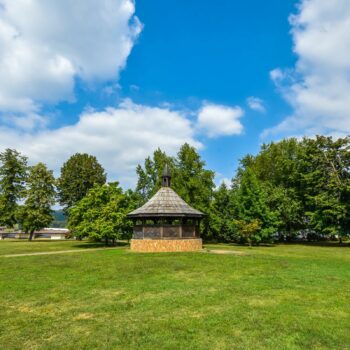
The central spring of Slatina Spa was built in 1931. Due to its beauty and uniqueness, this facility became a state protected monument. Inside the spring, coins from the Roman era were discovered which testify that this area has been settled since the ancient times and also to the fact that the ancient Romans were well aware of the healing properties of the Laktasi spas.
Stone spheres
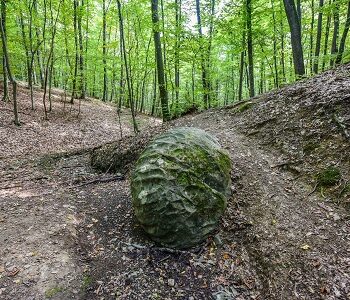 A phenomenon that keeps attracting tourists in Bosnia and Herzegovina. One of the largest and earliest discovered stone spheres was found 15 years ago near the village of Slatina. Located in an attractive forest surrounding and partially dug in inside a small stream that dries up during summer, it has become a popular destination for hikers and visitors to Slatina Spa. The origin of the sphere has never been officially investigated or disclosed. Many theories exist regarding its formation. One theory suggests that the sphere is a magmatic rock shaped into a sphere by natural forces, primarily water, given the nearby stream, which might have been a larger river in older times. Another theory argues that this massive stone is actually a meteorite. The third theory claims that the sphere is man-made, a legacy of ancient civilizations for which no written records exist.
A phenomenon that keeps attracting tourists in Bosnia and Herzegovina. One of the largest and earliest discovered stone spheres was found 15 years ago near the village of Slatina. Located in an attractive forest surrounding and partially dug in inside a small stream that dries up during summer, it has become a popular destination for hikers and visitors to Slatina Spa. The origin of the sphere has never been officially investigated or disclosed. Many theories exist regarding its formation. One theory suggests that the sphere is a magmatic rock shaped into a sphere by natural forces, primarily water, given the nearby stream, which might have been a larger river in older times. Another theory argues that this massive stone is actually a meteorite. The third theory claims that the sphere is man-made, a legacy of ancient civilizations for which no written records exist.


